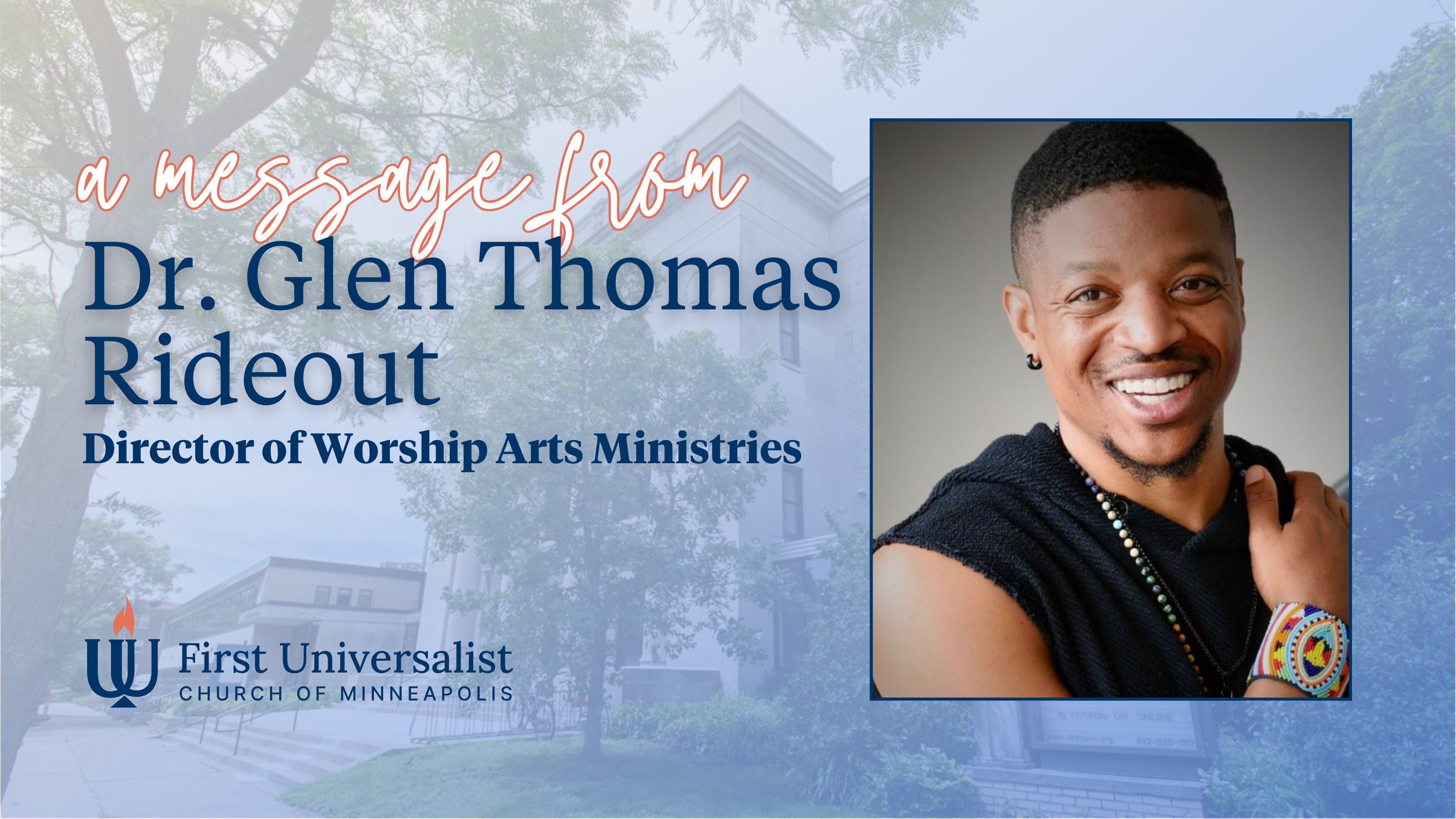The Tipping Point
News –

Time behaves strangely in my body.
I live with ADHD—diagnosed late, held close all my life. My mind doesn’t proceed in lines. It loops, leaps, syncopates. Focus doesn’t fade; it flares. Attention gathers at the edges. I feel the shift in a room before the words catch up. I forget to eat. I write sermons in pulses. I long for stillness while rearranging the world in my head.
In childhood, I read this as failure.
School praised consistency. Church rewarded control. But my brilliance arrived without appointments. I sensed beauty in fragments. I solved problems sideways. I didn’t know how to explain that my thoughts came dressed as questions. Or that my silence wasn’t emptiness—it was saturation.
Eventually, I stopped comparing myself to the script. I stopped rehearsing someone else’s rhythm. Beneath the shame was a pattern. Beneath the pattern: design.
This mind doesn’t worship order because everybody else seems to. It gathers meaning and places its allegiance squarely there.
This architecture doesn’t ask to be corrected. It wants to be trusted.
What others call distraction is often deep listening in disguise.
My neurodivergence reveals where the tempo shifts. It knows how to live through dissonance. As a Black man—taught early to anticipate threat, to overperform, to mute my intuition—this difference now feels like a kind of spiritual resistance. A way of walking with one ear to the ground and one eye on the sky.
Those of us shaped like this already live where the world is headed.
We’ve practiced adaptation. We’ve made homes in liminal time.
We’ve mastered the art of arrival without warning.
April carries that kind of threshold.
This is our theme: The Tipping Point. Not catastrophe. Not climax. A lean. A pivot. The Earth softens. The seed stirs. Light changes direction. Balance does not hold. It moves.
The Earth speaks in subtleties. Earth Day meets us not with answers, but with questions. In North Minneapolis, a child presses marigold seeds into thawed soil. Her father kneels nearby. She asks if winters will still come when she grows up. He doesn’t respond right away. He plants. He listens.
That moment is worship. That question is prophecy. That silence is pattern recognition.
Stewardship begins here—not with strategy, but with return. With belonging. With hands in soil. With lives built around care instead of conquest.
And maybe those of us with nonlinear minds already know how to attend to this moment. We know how to dwell in complexity. How to sense direction before it’s named. How to stay when certainty leaves the room.
Easter moves with similar steps. Something slower than spectacle.
A woman sits beneath a tree in Powderhorn. The day before, her world shifted. She doesn’t pray. She doesn’t speak. She sits. She breathes.
Resurrection often looks like that—quiet, deliberate, unannounced. The stone rolls. The garden waits. The body returns in unfamiliar form.
Healing doesn’t mimic the past. It makes something new from what has been torn.
That’s the rhythm I’ve come to trust in myself. Not a straight-line recovery, but a return to the edges, where the light changes and the tempo breaks open.
This coming month, we welcome new members. The act is liturgical, yes—but also architectural. Every arrival reshapes us. Every new presence shifts the resonance of the whole. Community is not what survives change. It is what change builds when welcomed in.
These April rituals—Earth Day, Easter, welcome—share more than a season. They share a spiritual instruction:
Grow anyway.
Return differently.
Welcome what rearranges you.
If your attention wanders toward wonder—if you’ve spent your life sensing music no one else hears—consider this your invitation.
The garden doesn’t need you to be on time.
The revolution doesn’t ask for polish.
The Spirit doesn’t speak only in sermons.
This season tilts.
The light bends.
The future hums softly beneath the surface.Step toward it.
Bring your whole, strange, beautiful mind.
We’re building something that needs you.